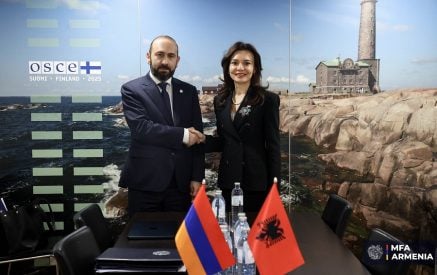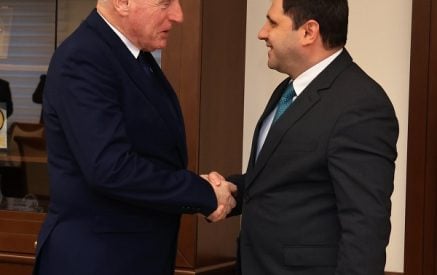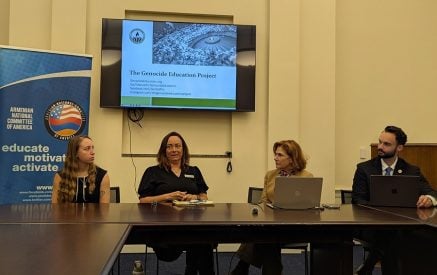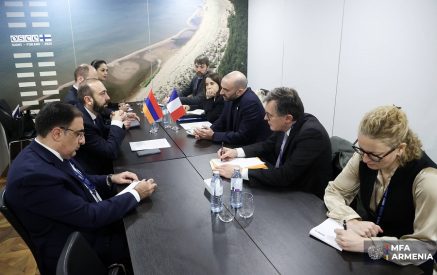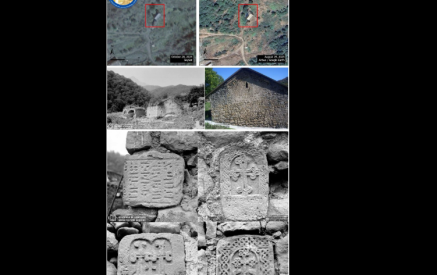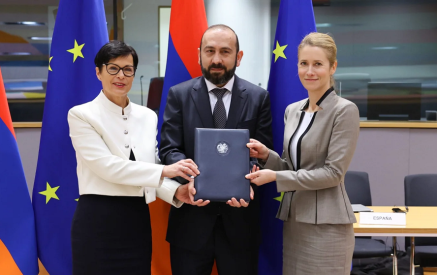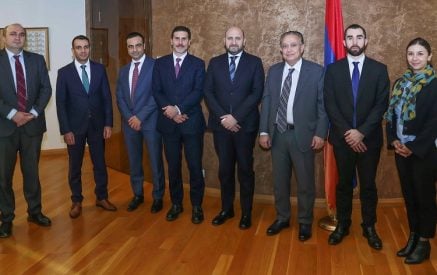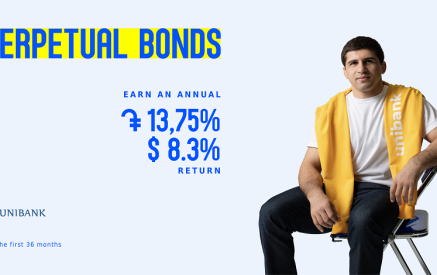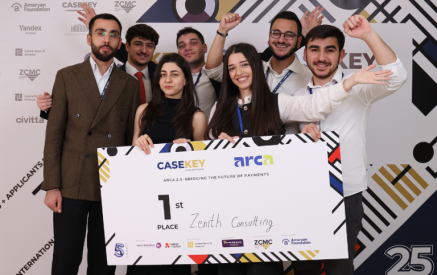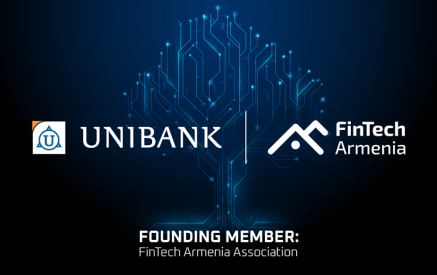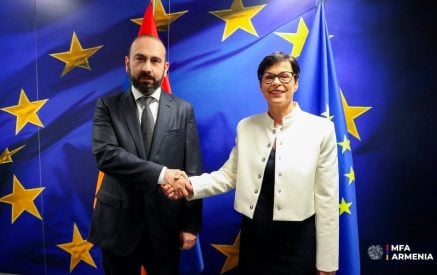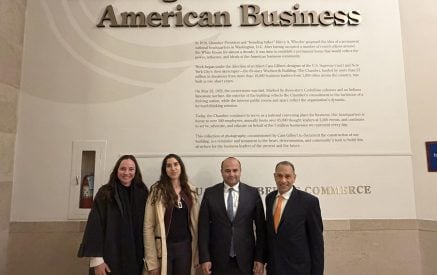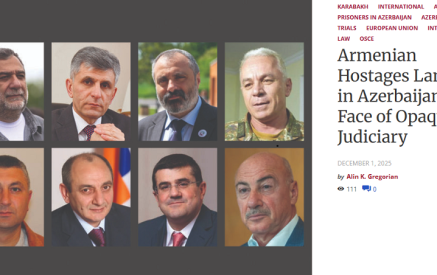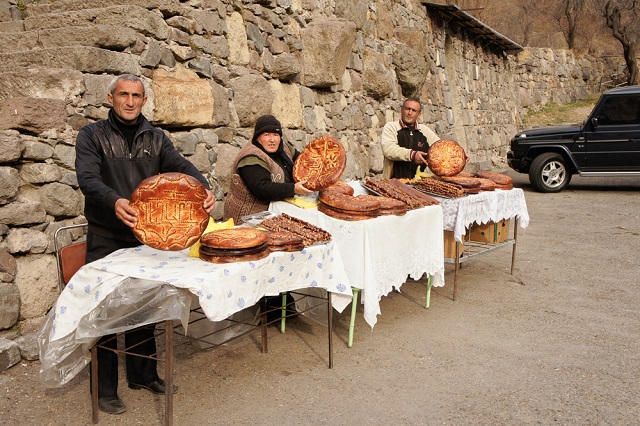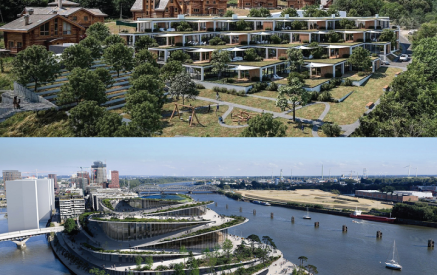The Armenian Weekly
The disaster Armenia suffered last year had deeper roots and a complex explanation, including the developments of recent years, political and geopolitical factors, and certainly the incompetence of the leadership of the moment and many more. But there is also one aspect of the painful reality: the richer country with the better-equipped army won the offensive war.
This article will focus on why we as a nation decided that we could afford the luxury of utopian economic ideas for decades, while ignoring real opportunities, including the wise exploitation of natural resources. This, mind you, while being at a state of war with an oil-producing country next door.
After the surrender of the Shahumyan (Karvachar) region to Azerbaijan, according to various reports, Armenia lost part of the Sotk Gold Mining project that secured the fourth largest tax revenues for the country. Industry sources suggest it is hard to assess the overall economic losses in terms of gold reserves, since the process of border delimitation between Armenia and Azerbaijan is ongoing. But the operating company Russian Geopromining laid off at least 280 people, around 15-percent of the workforce. Interestingly, only after Sotk was partially lost has the public discussion implied that, apparently, we needed it in the first place. On the other hand, if we look back at the debate of the last couple of decades among “progressives” in Armenia and the Diaspora, one would assume we should have probably voluntarily shut down all mines years ago. Thus, it would be a good idea to think about our priorities before the next time we regret having lost something we didn’t even realize we needed.
Several years ago I was talking to a diasporan who had invested in a mining project – his first business investment in Armenia. He was proud of it – not of the investment, but of the fact that he had never previously sought any profit in Armenia while having had many charity projects. I remember telling him back then, “You should be proud of the investment, not the charity.”
Read also
As Michael Porter puts it, “Philanthropy is decades behind business in applying rigorous thinking to the use of money,” – indeed, a universal truism. Yet, I often have a feeling that even in the case of those successful diasporans, who know the merit of money and the importance of economic feasibility, this knowledge vanishes when it comes to Armenia and all kinds of utopian ideas seem to be more applicable than simple business logic. It seems as if Armenia is not a country, but rather a dream land that needs a different approach, totally off the logic on which the rest of the world functions.
Eco Cucumbers and Attack Drones
The adult world, where many diasporans come from, consists of real economies, the rapidly developing third industrial revolution, still backed by heavy industries. But that doesn’t work as a model for Armenia. Why? Because when you visit Disneyland once every few years, you expect it to be different from your everyday adult life, completely different.
While appreciating those diasporans who had input in capacity building and bringing investments into the country, those of us living in Armenia perceive that many diasporans see Armenia as a summer house, a vacation destination, where they come to enjoy small hostels in remote villages, street vendors of homemade wine on the roads and Yerevan café life. And certainly, one does not want to see their vacation destination ruined by adult world sceneries – a large factory next to the countryside hostel and the street vendor of homemade wine turned into a heavy equipment operator in a newly developing (God forbid) mine.
Very few in the diaspora would dig into the numbers and see that the vibrant Yerevan café life is mostly dependent on the transfers that come from Armenian business activities and seasonal workers in Russia that constitute up to 30-percent of the GDP of the country. There are hostels and street vendors in any country. But those are backed by robust economies, heavy industries and corporate investments into large projects. Eco tea doesn’t buy attack drones. In the case of Azerbaijan, oil did. So how come we kept thinking that ecotourism may be a competitive alternative to oil? And why didn’t the diaspora dismiss, instead of exacerbating, these utopias when it theoretically should have had more institutional knowledge?
Eco tea doesn’t buy attack drones.
The combination of wildest imagination and total neglect of the basics of economy has been striking in some of these ideas. I recall an initiative from Armenian businessmen from Switzerland suggesting to substitute mining in Armenia with honey production. The economic “argument” was that a ton of honey is more expensive than a ton of copper. And nobody questioned how we would produce and market thousands of tons of honey equivalent to copper production, even if all three million people living in Armenia were to become beekeepers. And would it be an inspiring national idea in the first place?
Then there was another diasporan woman who argued that a good investment to substitute for mining would be a cheese factory. How many countries are there surviving, let alone striving, with an economy based on cheese production? In fact, the largest agricultural exporters in the world are the USA, Canada and major cheese producers France and the Netherlands. However the share of agriculture in the GDPs of these countries is around or below one percent. Cheese, honey, knit dolls, tourism and even IT cannot substitute heavy industries that are both capital and labor intensive and secure stable exports and tax revenues. In addition, they produce skilled workforce, such as engineers, geologists, metallurgists and chemists.
While Armenia had a few decades of utopian ideas blown out of proportion by NGOs and local and diasporan romantics, Azerbaijan had two decades – not always very smooth, but still a history – of hosting a number of large institutional investors and corporations such as BP, Statoil, Total, Chevron and others. This meant both money for armament and years of experience of dealing with large investments. Right after the news of the takeover of the Shahumyan region emerged, Anglo Asian Mining, a London Stock Exchange listed company operating mines in Azerbaijan, announced its intention to start operating gold deposits in the territories that the Armenian side surrendered to Azerbaijan at the end of 2020.
Time To Consider Facts
Wisely utilizing Armenia’s mining potential could have been one of the few viable options to compete with an oil producing country next door. But we have hugely underused that potential.
Despite the popular myth, Armenia has only five to six fully operational metal mines (not dozens, and certainly not hundreds) and only two to three may be considered comparable in production to medium-sized mines in the US or Canada. Armenia does have room for several large scale projects that may have the capacity to secure a significant effect on the economy. And there are 500 reasons why this idea shouldn’t be considered unorthodox.
I asked the head of external relations at Geopromining, Ruzanna Grigoryan, quite apart from the losses of the Sotk project, what her assessment is of the role of mining in Armenia. The reminder of the significance is striking. In the year of COVID and war, a perfect crisis storm for Armenia, mining was one of the few, if not the only provider for foreign currency. It was the only sector that grew 11 percent in 2020 and the only cushion against the collapse of the economy. Mining is incomparable to most other industries’ multiplier effect on the economy, with a supply chain and services engaging thousands of indirect jobs and business opportunities around a single mining project. Vardenis, Agarak, Megri, Kadjaran, Kapan and Akhtala are only some of the border towns where socio-economic stability and the prevention of out-migration are dependent on only two to three mining projects.
With the world’s aspiration for a green future, the need for metals will be growing exponentially. Electric vehicles, wind and solar all need metals. Just the battery storage technologies will require more than a 1,000-percent rise for metals, as identified by a World Bank report. Developing and even developed countries will be fiercely competing for mining investments.

Construction to widen the mine haul road near the Amulsar mining site, May 2018 (Photo: Lydian International)
Despite another popular myth, investments in mining are risky, and they have been very scarce, if at all, in Armenia for decades. So why would they come to Armenia now, when the government ruined its single largest investment since independence and the only one in a new mining project – the Amulsar? I am not going to dive into a discussion on the environmental merits of any project and the highly arguable claims of environmental disaster that were promised by diasporan rock musicians, actors, producers of digestive probiotics…basically, anyone but environmental experts with experience in mining. Ironically, environmental management wasn’t even the essence of the arguments coming from the diaspora for years. The main argument was: Armenia doesn’t need mining. Indeed. Who wants mining in Disneyland?
Meanwhile, Canada and the US are among the world’s top producers of gold. Canada, US, Sweden, Australia and Russia are the world’s largest producers of iron ore and copper. If anything, mining will be growing with the rise of renewables markets. And we as a nation need to decide where we want to be in this competition. Do we want to make ends meet while producing eco-cheese, or do we want to compete with those who produce copper for Tesla? And cheese and copper do not need to be mutually exclusive.
Another popular counterargument is that Armenia is too small for mining. Well, the size is irrelevant, because proportionally one mine in Canada may well be producing copper equivalent to the combined production in Armenia. And there are hundreds of mines in Canada and the US, next to towns, lakes and forests. An hour of online browsing will provide the data. And that will be time better invested than a blind donation to help halt any mining project in Armenia. Any truly qualified environmental expert in the industry will argue that it is technically feasible to build a mine with null impact on community health and a fully manageable environmental footprint.
But this is not what we put our time and resources to finding a way to. We were stuck in a useless debate of how to substitute copper with cheese, while in the neighboring country the debate about whether tourism on the Caspian should substitute oil production never took place. What we really need to substitute is the rock musicians debating mining in Armenia with metallurgists, geologists and environmental management experts from the diaspora who are willing to help this country modernize, fix and bring investments into the industry.
Nature gave us a unique opportunity to gain a slice of an important market on the verge of the green energy revolution. And it is up to us to decide as a nation – do we aspire to build a market economy or an amusement park?
Anna Saghabalyan
Main Photo Caption: Bread vendors near Geghard Monastery (Photo: Oleg Sidorenko/Flickr)
































